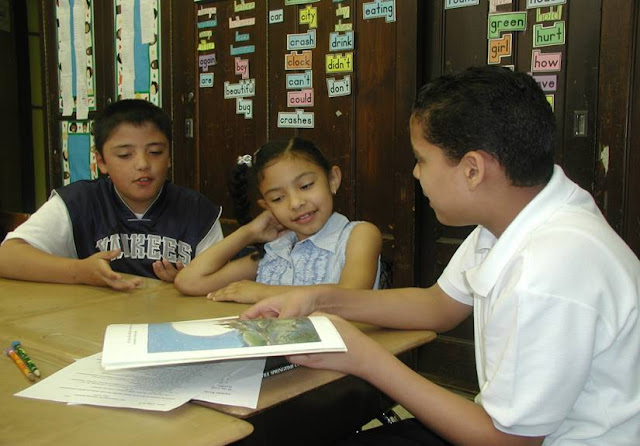Making Provision For Revision in Student Writing

Revision is a phase of the writing process frequently ignored and commonly misunderstood. Because it is misunderstood, it is often glossed over. And yet it is in the revision phase that the writer has the greatest opportunity to lift the quality of the writing. Recently, I found myself reading curriculum documents that only referred to editing. Revision did not warrant a mention. There are currently commercial companies pushing so called ‘writing programs’ to schools that only focus upon the surface features of writing- essentially editing. This lack of attention to revision means young writers are being denied the opportunity to appreciate how this important action assists them to noticeably improve the content of the writing. Revision is a lot more than the teacher merely telling the young writer they need to add more details, or they need to use more describing words. When teachers inform me students passively resist revision as a tool for improving their wr...






